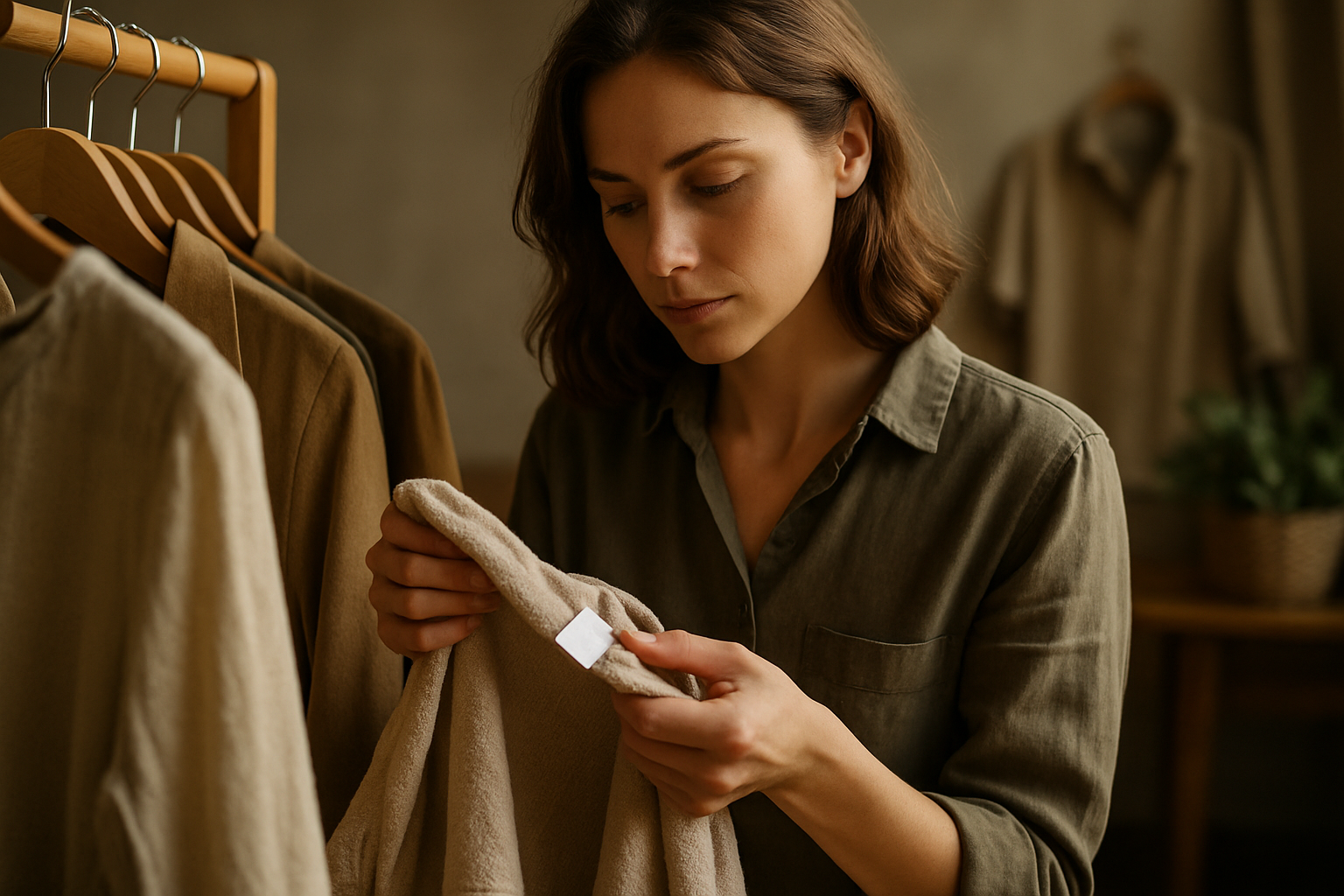Blouse: Styles, Fabrics, and How Women Wear Them
A blouse is a versatile upper-body garment traditionally associated with women's wardrobes, but its uses and designs span many contexts. Blouses can be tailored or flowing, casual or formal, and are distinguished by details such as collars, sleeves, fastenings, and fabric choices. Understanding what makes a blouse different from other clothing helps shoppers and wardrobe planners choose pieces that work for climate, occasion, and personal style.

What defines a blouse as a garment?
A blouse is typically a loose-fitting shirt designed for the upper body, often worn by women but not exclusive to any gender. Unlike a basic shirt, blouses frequently include stylistic elements—darts, pleats, ruffles, embroidery, or distinctive buttons—that emphasize shape or decoration. They can be cut to sit at the waist, hip, or tunic length and are made to pair with skirts, trousers, or layered under jackets. When assessing clothing, the blouse is identified by its emphasis on design details and versatility rather than strict uniform construction.
How do women style blouses in everyday wardrobes?
Women incorporate blouses into a wide range of outfits, from office attire to weekend wear. A tailored blouse in a neutral color often pairs well with blazer-and-trouser combinations for professional settings, while a relaxed, printed blouse can be worn with jeans for casual fashion. Layering is common: a lightweight blouse under a cardigan or a structured jacket creates texture and visual interest. Accessories such as belts, scarves, or statement jewelry can also change the blouse’s perceived formality, making one piece suitable for multiple occasions and seasons.
How does a blouse fit into contemporary fashion trends?
In fashion, blouses cycle through silhouettes and details as trends evolve. Current movements emphasize sustainability, timeless cuts, and multifunctionality, influencing blouse design toward durable fabrics and classic shapes that transcend seasons. Designers may experiment with sleeve proportions, necklines, and pattern play, but the blouse remains a key canvas for expressing trends in color blocking, prints, and embellishment. Because fashion often blends historical references with modern tailoring, blouses continue to reflect both traditional craftsmanship and contemporary aesthetics.
How should you consider a blouse as a piece of clothing?
Treating a blouse as a foundational clothing item means prioritizing fit, purpose, and care. Fit affects comfort and silhouette: look for shoulder seams that align with your shoulders and a torso fit that allows movement without excess fabric. Consider intended use—work, travel, or social events—and choose construction details accordingly, such as sleeve length or opacity. Care instructions matter: some blouses require hand washing or dry cleaning, which influences longevity and convenience. Evaluating these aspects helps maintain a practical capsule wardrobe where blouses function as adaptable clothing staples.
What fabrics are commonly used for blouses and why?
Fabric selection determines drape, breathability, and care requirements. Natural fibers like cotton and silk offer breathability and a soft hand; cotton is durable and easy to care for, while silk provides an elegant sheen and fluid drape but often needs gentle handling. Synthetic fibers such as polyester or rayon blends increase wrinkle resistance and affordability, and modern technical fabrics can add stretch or moisture-wicking properties. Lightweight linens are valued for hot weather despite a tendency to wrinkle. Understanding fabric characteristics helps when choosing a blouse suited to climate, maintenance preferences, and the look you want to achieve.
A blouse remains a practical and expressive element within many wardrobes because it balances design detail with functional clothing needs. Its adaptability across styles—from understated professional tops to decorative evening blouses—makes it a consistent presence in fashion for women and others choosing versatile upper-body garments. When selecting blouses, focusing on silhouette, fabric, and intended use will help ensure pieces integrate smoothly into a wardrobe and maintain usefulness across seasons.






